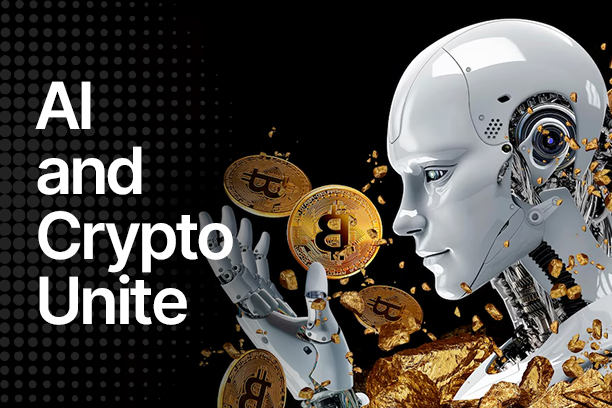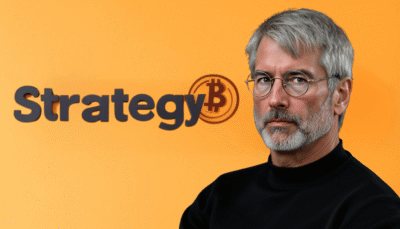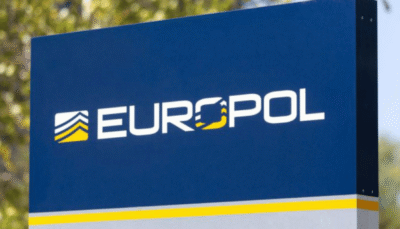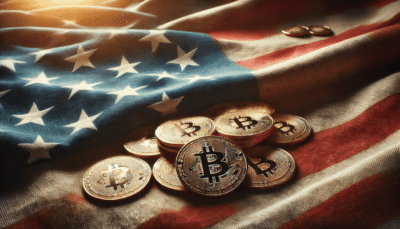For years, artificial intelligence and decentralized finance followed parallel tracks—separate, disruptive, and each powerful in its own right. That separation no longer exists. These two technologies are not only intersecting—they’re colliding into a single, unstoppable force.
Crypto and AI are merging with the inevitability of compounding returns. The underlying reason is painfully simple: they share the same raw materials—data, compute, and human ambition—and are now chasing the same goals. Coordination, autonomy, trust, scale. Only this time, the machines are not waiting for permission.
“This is where I say, you know, law—if you observe it—common law was never written down,”
Said Anish, an early Ethereum contributor and cryptographer who has worked across Ripple, Ocean, and ZK protocols, during a recent appearance on The CoinRock Show, hosted by Matthias Mazur.
“So it becomes very tricky… you can’t expect a smart contract that works on an oracle, that returns a 0 or 1, to look at the nuances and make a decision.”
– Anish
That nuance—what Anish refers to as the fundamental tension between verifiability and explainability—is exactly where AI and crypto converge. Decentralized systems demand transparency and verification. AI demands flexibility and context. The fusion of these demands a new layer of governance—coded, not declared.
Trustless Machines in a Distrustful World
When DeFi exploded in 2020, it wasn’t because of some grassroots utopia. It was because it worked. The platforms ran on autopilot. Automated market makers replaced human intermediaries. Stablecoins provided liquidity when banks would not. But DeFi never fully answered the question of who decides in a crisis.
That’s where AI is stepping in—not as a solution but as a multiplier.
AI doesn’t fix incentive alignment. But it makes it impossible to ignore. On-chain governance powered by LLMs doesn’t just analyze sentiment—it anticipates it. ZKML models running atop blockchains don’t just model trust—they enforce it.
There’s no clearer example than in DeFi protocol security. Anish called out the illusion of decentralization, where protocols claim autonomy but rely on a handful of multisig keys to control billions. He pointed to Bybit’s recent vulnerability and the broader failure of operational security.
“In crypto, this is the irony of ironies,” he said on The CoinRock Show.
“2008, Bitcoin was born because of the tragedy of the commons. And now, when a catastrophic failure happens, it’s again the tragedy of the commons.”
AI won’t solve that tragedy. But it will keep a ledger.
The Real Arms Race Is AI Trained on Blockchain
At the nation-state level, AI and crypto are no longer sandboxed tools. They’re sovereign assets. The U.S. and China are locked in a new phase of digital warfare, and both are pouring billions into AI models, semiconductor access, and blockchain surveillance.
China’s DeepSeek model didn’t appear out of nowhere, as Anish warned on The CoinRock Show. It came from a long-term, state-coordinated strategy that combined access to compute, human talent, and data—three elements he identified as the core alpha of any AI system.
“If the EUV machines are going to be given by ASML to China and they’re able to do sub-five nanometer nodes and they progress things the way they are progressing, the odds are that they might win,”
– Anish
And if they do, the decentralized web becomes a central asset in geopolitical warfare. It’s not a coincidence that the same week DeepSeek launched, BlackRock expanded its digital assets division. The moves are parallel, not random. Every AI breakthrough requires verification. Every decentralized transaction demands prediction. The stack is merging—and so are the players.
In that context, crypto is not a hedge. It’s the battlefield.
Crypto No Longer Needs a Bull Run
Anish doesn’t focus on price speculation; he builds systems. However, when asked about crypto’s trajectory over the next 6 to 24 months, his response was revealing.
There is no decoupling, he said. Bitcoin is no longer an isolated asset. Since the first exchange opened, crypto and fiat have been intertwined. Liquidity now flows both ways. If tariffs kick off, if equities tumble, crypto won’t stand apart—it’ll slide with the rest.
And yet the infrastructure is already built.
Crypto’s next growth phase doesn’t depend on retail. It depends on the scale. On sovereign adoption. On infrastructure players committing to the tech, not the token.
“If you’re responsible for hundreds of millions of dollars, your responsibility may go way up the world is real.”
– Anish
And that’s exactly why AI and crypto are merging. Because the fantasy is over. The coordination problem is no longer theoretical. The machines are not waiting for the humans to agree. The smart contracts are not debating legal nuance. The LLMs are not checking with ethics boards.
The convergence is already happening—because AI accelerates decision-making beyond human oversight, and crypto—despite its setbacks—continues to push for programmable trust. Their union is no longer speculative. It’s systemic. What comes next isn’t a debate between centralization and decentralization. It’s a contest between those who can code their rules—and those who still wait for permission.





